This article was medically reviewed by Erik Kramer, DO, MPH and by wikiHow staff writer, Amy Bobinger. Dr. Erik Kramer is a Board-Certified Primary Care Physician at the University of Colorado. With over 15 years of experience, his clinical interests include obesity and weight management, diabetes care, and preventive care, as well as embracing a holistic approach to primary care. He received his Doctorate in Osteopathic Medicine (D.O.) from the Touro University Nevada College of Osteopathic Medicine and completed his residency at Central Maine Medical Center. Dr. Kramer is a Diplomate of the American Board of Obesity Medicine.
There are 8 references cited in this article, which can be found at the bottom of the page.
This article has been viewed 29,793 times.
Sphenoid sinusitis is a rare infection that occurs when the sphenoid sinus, the sinus cavity farthest back in your head, becomes inflamed or infected. Sphenoid sinusitis usually lasts about 3 weeks and can cause symptoms like nasal congestion, nasal discharge, fever, earaches, neck pain, and headaches.[1] While sphenoid sinusitis is very rare, it can be very unpleasant. Luckily, you can treat sphenoid sinusitis using over-the-counter medications and home remedies. If your symptoms are persistent or severe, however, you’ll likely need to see a doctor to get a prescription medication, like antibiotics, or an endoscopic surgical procedure.
Steps
Taking OTC Medication for Sphenoid Sinusitis
-
1Use a decongestant to help open your sinuses. If your sphenoid sinusitis is causing nasal congestion, try taking an over-the-counter decongestant to help reduce inflammation and make it easier to breathe.[2] Opening your sinuses reduces the pressure in your sphenoid cavity and helps drain the bacteria or mucus causing your condition, so this simple step may help relieve a big part of your discomfort fairly quickly.
- In addition to oral decongestants, you can also try an over-the-counter nasal spray decongestant, such as Afrin. Avoid using a nasal spray decongestant for more than 3 days, however, as it could cause your symptoms to worsen once you stop using it.
- Before taking an oral decongestant, ask your pharmacist to make sure that it won’t interact with any other medications you take.
- Always take decongestants as directed on the package or by your doctor or pharmacist.
-
2Try an antihistamine to reduce swelling caused by allergies. If your sphenoid sinusitis is caused or worsened by allergies, taking an antihistamine medication may help open your sinuses by reducing inflammation.[3] Antihistamines have several possible side effects, such as drowsiness, headache, and dry mouth, so make sure you take them as directed.
- While they can help reduce allergy symptoms, antihistamines can also slow down drainage and cause your sphenoid sinus to dry out. Therefore, make sure that you talk to your doctor before using an antihistamine to treat your sphenoid sinusitis.[4]
- If you tend to experience these symptoms around the same time each year, you probably suffer from seasonal allergies. Consider talking to your doctor about a daily allergy medication that you take during the peak of your allergy season to help prevent your symptoms in the first place.
Advertisement -
3Take an over-the-counter pain reliever to reduce your discomfort. If your sphenoid sinusitis is causing headaches or sinus pain, taking an over-the-counter pain reliever, such as acetaminophen or ibuprofen, can help reduce pain and pressure, making you feel a little more comfortable. These medications can also help lower a fever and reduce inflammation, allowing your sinuses to drain out mucus, so you may be able to breathe easier, as well.[5]
- Make sure that you take over-the-counter pain relievers as directed to avoid any adverse side effects, such as dizziness and stomach pain.
Using Home Remedies for Sphenoid Sinusitis
-
1Drink plenty of water to help drain out mucus. Staying hydrated helps thin and loosen the mucus that's blocking your sphenoid sinus cavity. In addition, drinking water keeps you hydrated, which helps your body fight off infection and recover quicker.[6]
- There’s no set amount of water that you’ll need to drink to help treat your sphenoid sinusitis. Instead, it’s important that you listen to your body and drink fluids as often as you can to help your body get rid of the infection.
-
2Apply a warm compress to help relieve sinus pressure. For an easy at-home remedy to help relieve your sinus pressure, wet a clean washcloth with warm or hot water. Lay back in a comfortable spot, like on your bed or in a recliner, then lay the washcloth over your nose. The compress helps loosen mucus in your nasal passages, relieving pressure and reducing sinus pain.[7]
-
3Inhale steam to help relieve sinus pressure. First, fill a pot with water and bring it to a boil on the stove. Once the water is boiling, turn the stovetop off. Place a towel over your head and bend over the pot, moving closer gradually to inhale the steam coming off the water through your nose. The steam will help loosen the mucus, so you may be able to breathe more easily afterward.[8]
- If you're over the age of 7, try adding 1-2 drops of an essential oil, such as eucalyptus oil, to help open your sinuses even more.[9]
- Inhale steam through your nose for about 10 to 15 minutes up to 3 or 4 times per day until your sphenoid sinusitis symptoms improve.[10]
- You can also inhale steam through your nose while taking a long hot shower.
-
4Use a syringe and homemade saline solution to rinse your sinuses. Mix 1/2 teaspoon (3 grams) of non-iodized salt, 1/2 teaspoon (3 grams) of baking soda, and 2 cups (470 mL) of lukewarm distilled water in a small bowl. Fill a bulb syringe with the solution, then lean over the sink and insert the tip of the syringe just inside your nostril. Squeeze the bulb to insert the solution into your nose. Repeat this process in the same nostril until the bulb is empty, then refill the bulb and do the same for the other nostril.[11]
- If you don’t have distilled water, you can boil tap water and then let it cool until it’s lukewarm. Don’t use any water that hasn’t been boiled or filtered since it may contain bacteria and could lead to a more severe infection.
- Repeat this process once per day until your sphenoid sinusitis starts to clear up.
- Instead of a bulb syringe, you can also use a neti pot to pour the solution into your nostrils.
Seeking Medical Treatment
-
1Contact your doctor if your symptoms are severe or persistent. If you’ve been treating your symptoms for more than 7 days with little improvement, have consistent green discharge from your nose, or are experiencing a lot of pain, make an appointment with your doctor. They'll work with you to determine the cause of your symptoms, as well as to develop a treatment plan that will work for you. For instance, you may have a severe case of acute (short-term) sinusitis that requires prescription medication or surgery, or you may have developed chronic sphenoid sinusitis.[12]
- Your doctor may do a CT scan if you have recurring sinusitis to help confirm the diagnosis, but one is rarely used just for detecting sphenoid sinusitis.[13]
-
2Take prescription antibiotics if you have a bacterial infection. If your doctor determines that your sinusitis is caused by a bacterial infection in your sphenoid sinus cavity, they’ll likely give you a prescription for antibiotics to kill the bacteria.[14] In most cases, antibiotics are prescribed for 2 weeks for acute sphenoid sinusitis. Be sure to complete the whole course of antibiotics, even if you start to feel better before it's finished. Otherwise, the infection could come back, and it may be harder to treat the second time.[15]
- If the infection persists longer than 2 weeks and becomes chronic, your doctor will likely prescribe a longer antibiotic regimen.
-
3Try a steroid nasal spray to reduce swelling and inflammation. If your sphenoid sinusitis is caused by an allergy, your doctor may give you a prescription for a steroid nasal spray. Unlike over-the-counter antihistamines or nasal decongestants, steroid nasal sprays reduce inflammation without drying out your sinuses and can be used for prolonged periods of time.[16]
- By reducing nasal inflammation caused by allergies, steroid nasal sprays also help relieve sinus pressure and pain.
- Always use prescription steroid nasal spray exactly as directed by your doctor or pharmacist.
-
4Get endoscopic sinus surgery if your sinusitis doesn’t improve. If your doctor determines that your sphenoid sinusitis is chronic, they may perform an endoscopic procedure to clear your sinuses. Endoscopic sinus surgery can remove most sources of sinusitis, including mucus containing allergens or infection. It might sound a little scary, but this is an outpatient procedure without any incisions. You'll only need localized anesthesia, and your doctor will insert a small metal telescope to remove the blockage.[17]
- In addition, your doctor will likely perform endoscopic sinus surgery if you have nasal polyps that are causing or worsening your sinus blockage.
References
- ↑ https://www.health.harvard.edu/a_to_z/acute-sinusitis-a-to-z
- ↑ https://www.health.harvard.edu/a_to_z/acute-sinusitis-a-to-z
- ↑ http://www.entcolumbia.org/staywell/document.php?id=33652
- ↑ https://www.health.harvard.edu/a_to_z/acute-sinusitis-a-to-z
- ↑ https://www.health.harvard.edu/a_to_z/acute-sinusitis-a-to-z
- ↑ http://pennstatehershey.adam.com/content.aspx?productid=10&pid=10&gid=000062
- ↑ https://www.health.harvard.edu/diseases-and-conditions/what_to_do_about_sinusitis
- ↑ https://www.health.harvard.edu/diseases-and-conditions/what_to_do_about_sinusitis
- ↑ https://www.takingcharge.csh.umn.edu/how-do-i-choose-and-use-essential-oils
- ↑ https://www.aafa.org/sinusitis-sinus-infection/
- ↑ https://www.health.harvard.edu/diseases-and-conditions/what_to_do_about_sinusitis
- ↑ https://www.health.harvard.edu/a_to_z/acute-sinusitis-a-to-z
- ↑ http://www.clevelandclinicmeded.com/medicalpubs/diseasemanagement/allergy/rhino-sinusitis/
- ↑ http://www.entcolumbia.org/staywell/document.php?id=33652
- ↑ http://www.clevelandclinicmeded.com/medicalpubs/diseasemanagement/allergy/rhino-sinusitis/
- ↑ https://www.health.harvard.edu/a_to_z/acute-sinusitis-a-to-z
- ↑ https://www.aafp.org/pubs/afp/issues/1998/0901/p707.html
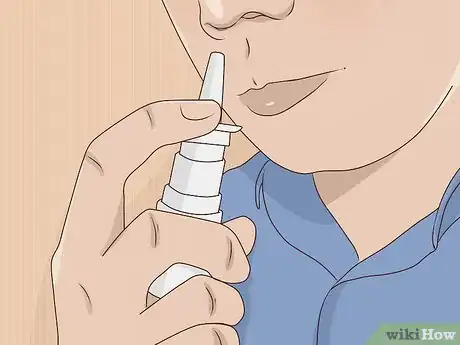
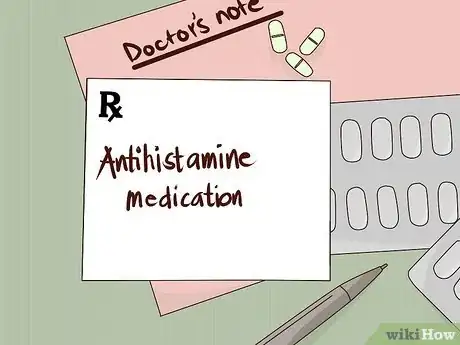
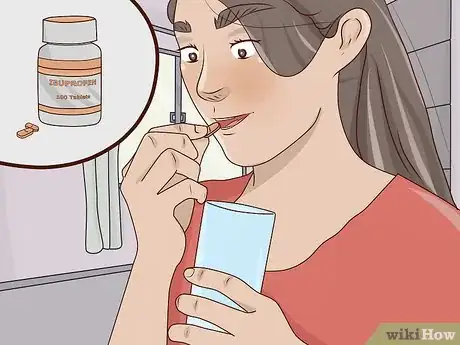

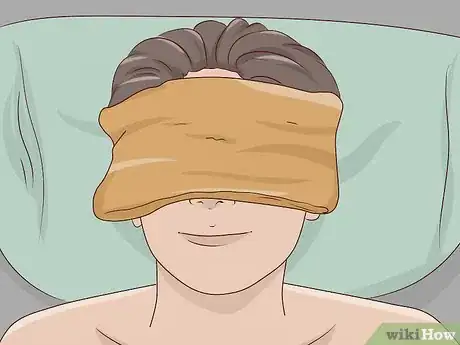
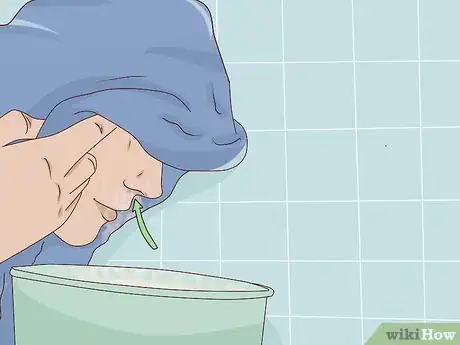
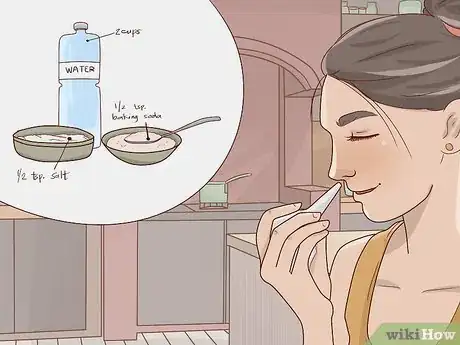
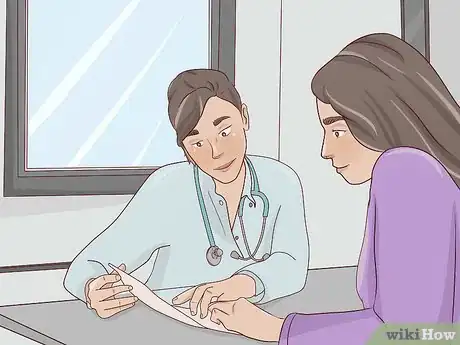
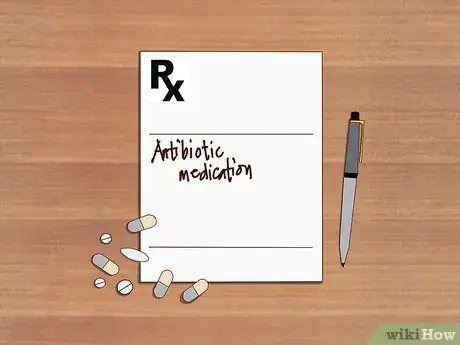
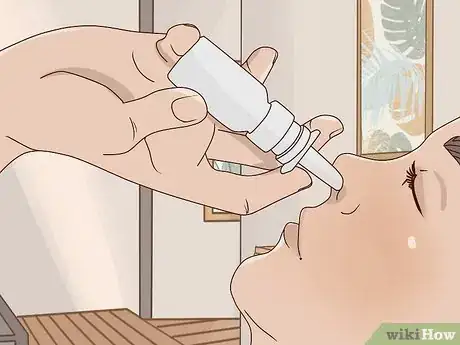
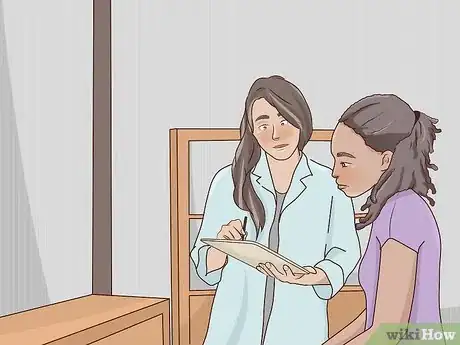

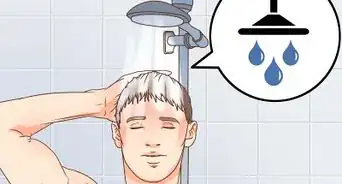

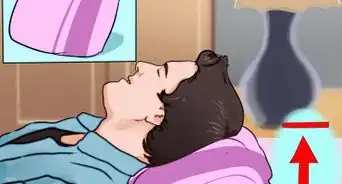
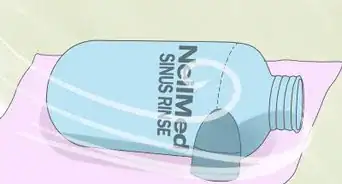
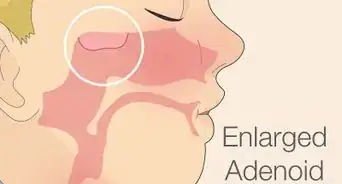
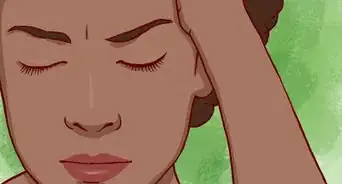

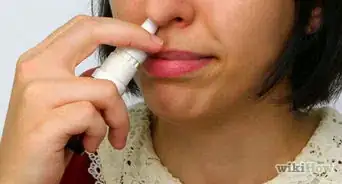


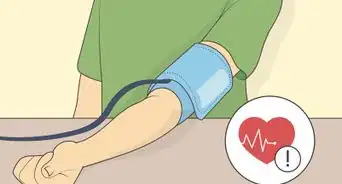








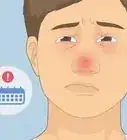
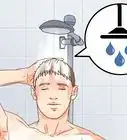

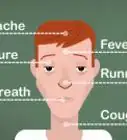



































Medical Disclaimer
The content of this article is not intended to be a substitute for professional medical advice, examination, diagnosis, or treatment. You should always contact your doctor or other qualified healthcare professional before starting, changing, or stopping any kind of health treatment.
Read More...